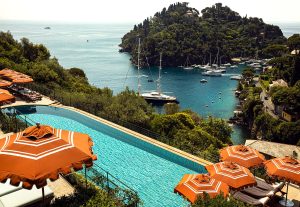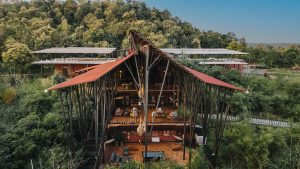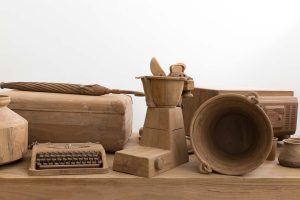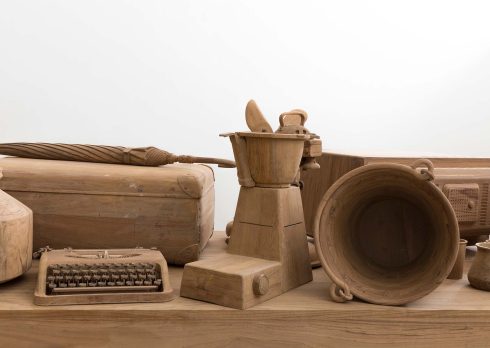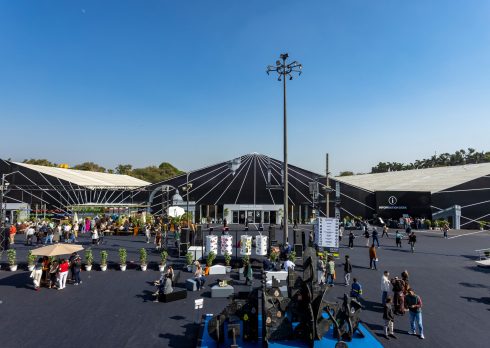Exploring Synchronicity And Momentum – Must Visit Art Shows
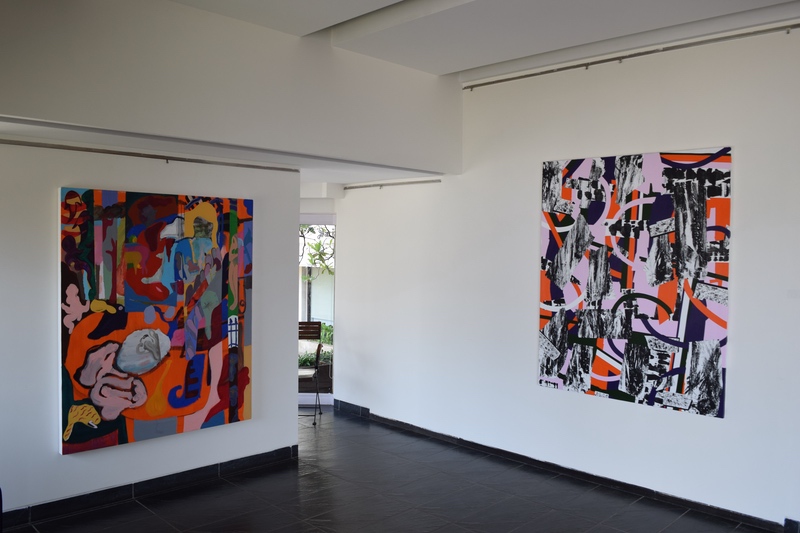
Two art-centric goings-on in Mumbai are a study in synchronicity, synergy and cyclicity. The first is a must-see show that culminates on October 18 with a walk-through by artists Michal Raz and Viraj Mithani at Tao Art Gallery, Worli. The second show, titled The Past is Present, at Mumbai Art Room in Colaba, investigates and presents the intertwining of individual chronicles. Both shows present works with interconnected narratives that inevitably come full circle.
Boomerang
The works of two artists — Israeli-born, London-based artist Michal Raz and Mumbai resident Viraj Mithani, who was born in the city and studied abroad — symbiotically meet at Tao Art Gallery. If you spend enough time here, you’ll sense the fluidity and movement in the works of both artists who employ bold colours and the layering of materials to arrive at the same subject. The artists, although individualistic in style, portray their reflections and learnings of India.
At the heart of the show lies the artists’ contemporary expression of India and its ancient texts. Raz, who has experienced India through her travels, encounters with philosophical ideas of the Upanishads and her yoga practice journey, explains, “Coming from a totally different world, I felt something very strong—revolution and familiarity, as if I have known or heard this all before,” “My practice is an abstract reflection of these ideas and practices, combined with my daily experiences and other interests like pop culture, race culture, urban landscapes, digital influences and, of course, the history of painting, especially abstract painting.” Rejecting narratives, her work brims with metaphors and symbols.
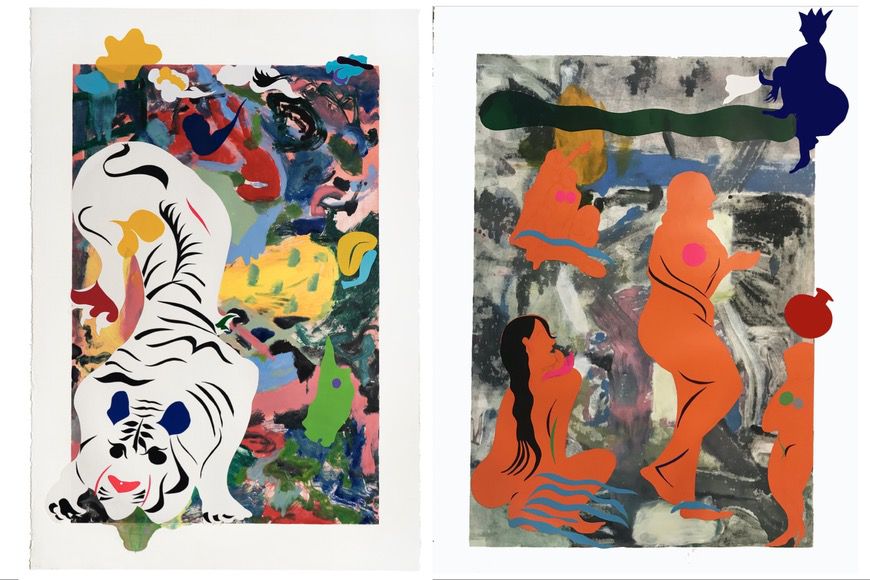
On the other hand, having grown up surrounded by all sorts of religious, cultural and mythological tales, Mithani’s work carries a strong narrative that alludes to traditional India. Suffused with motifs, his work also investigates how traditional schools and art periods in India might have evolved in the pop culture of today. “Since I moved back to India, the notion of westernization of art history has gotten stronger, and how colonization of India put our schools and notions of art and culture in jeopardy. The goal is to reclaim facets of Indian art history and culture. To investigate and answer questions like the role that narratives and characters play in contemporary times,” he says.
The vision to place both artists’ works alongside each other was almost organic for the curator of this show, Sneha Shah. She is the founder and director of Curaty Ltd, London, known for cross-pollinating and match-making local and international artists with complementary practices. For Curaty’s debut show in India, Shah looked at the experimental nature of materiality as the starting point. “In their works, materials add another layer of meaning, beneath the subject matter on the surface of the canvas. Through my research, I’ve explored the role of materials as carriers of meaning and attempted to interpret this meaning in the context of the artwork—from the 1200s into the present. When I came across Viraj and Michal’s works, their active and continuous use of plastic mediums — vinyl and acrylic paint for Viraj and acrylic mediums and glitter for Michal — to represent their experiences of India drew my intrigue,” she says.
Venue: Tao Art Gallery, Worli
Timing: On till October 18, 2019
The Past is Present
Tibet, India and Norway organically find a connection rooted in history yet grounded in the present at the Mumbai Art Room in Colaba. Art, photography, film and objects are juxtaposed to arrive at a storyline with the mighty Himalayas as the mutual ground. The personal narratives of seven individuals from various disciplines overlap in a montage of historical and contemporary narratives. This enlightening montage of artworks and places compiled by Norwegian curator Marianne Hultman is the second of three collaborations planned with the Office for Contemporary Art Norway and is the first step towards a larger exhibition on Tibetan-Norwegian cultural exchange planned for 2021 at Oslo Kunstforening and Trondheim Art Museum.
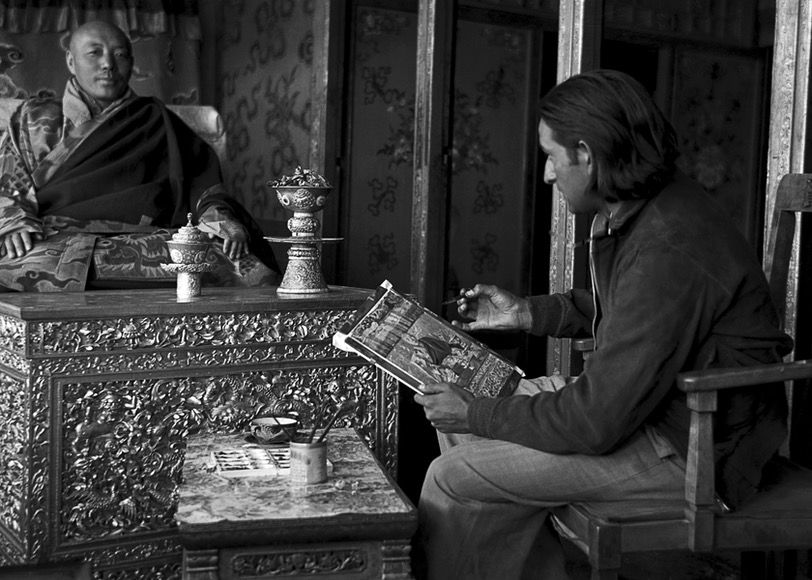
It all starts with philosophy professor, yogi and poet Sri Ananda Acharya (1881-1945) who en route to the Himalayas experienced a revelation urging him to travel to Europe to spread the message of peace. It was a journey that began in 1912 and ended in Norway two years later, where he stayed for the rest of his life. Kanwal Krishna (1910-1993), one of the first artists to record life in Tibet and his artist wife Devayani Krishna (1910-2000) were known to travel extensively in the Himalayas. Somewhere along the way, the narrative of the Krishnas overlaps with those of ceramist Kari Christensen (1938-1997) and architect Knud Larsen (b. 1939) who was introduced to the Krishnas in 1986. It was a meeting that set off a new narrative altogether when the architect and ceramist made their way to Tibet—a narrative that connects to Sri Ananda Acharya.

When the show’s curator Hultman met with Larsen years ago in Oslo, she remembers that his home was filled with the many artefacts he had collected during his travels in Tibet with his wife. “In 1986, he had been in India together with Indian, Norwegian-based architect Ashish Krishna. While there, he met with Krishna’s parents, Kanwal and Devayani, who had travelled in the Himalayas many times. Kanwal had been to Tibet on three occasions during the 30s and 40s, and both had been to Norway on several occasions too. Before Larsen left India, he had to promise Kanwal that he would go to Tibet as soon as possible,” explains Hultman, adding that Christensen and Larsen’s trip to Tibet would be the first of many to come.
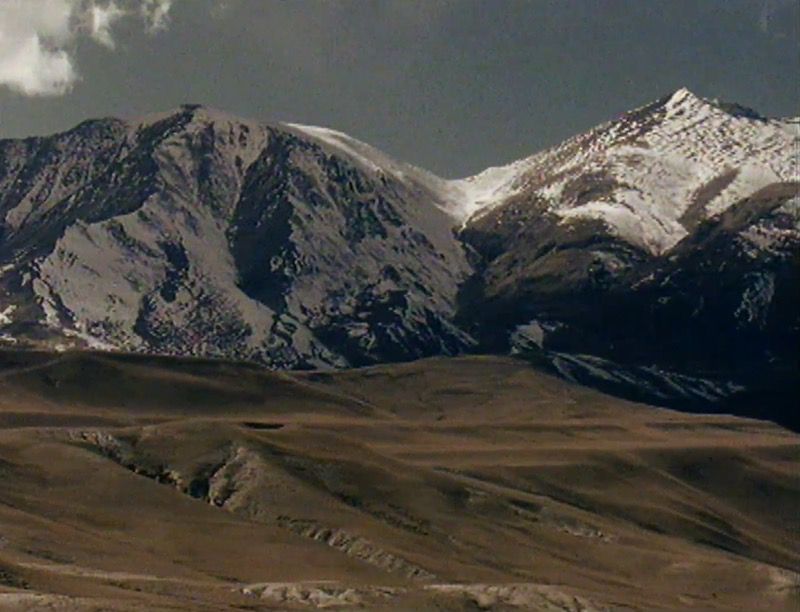
Upon hearing Larsen’s intriguing story, Hultman says that an exhibition about Norwegian-Tibetan cultural exchange began to take shape. “The residency at the Mumbai Art Room enabled me to do more research on the Indian chapter.”
Venue: Mumbai Art Room
Timing: October 10 – December 21, 2019











